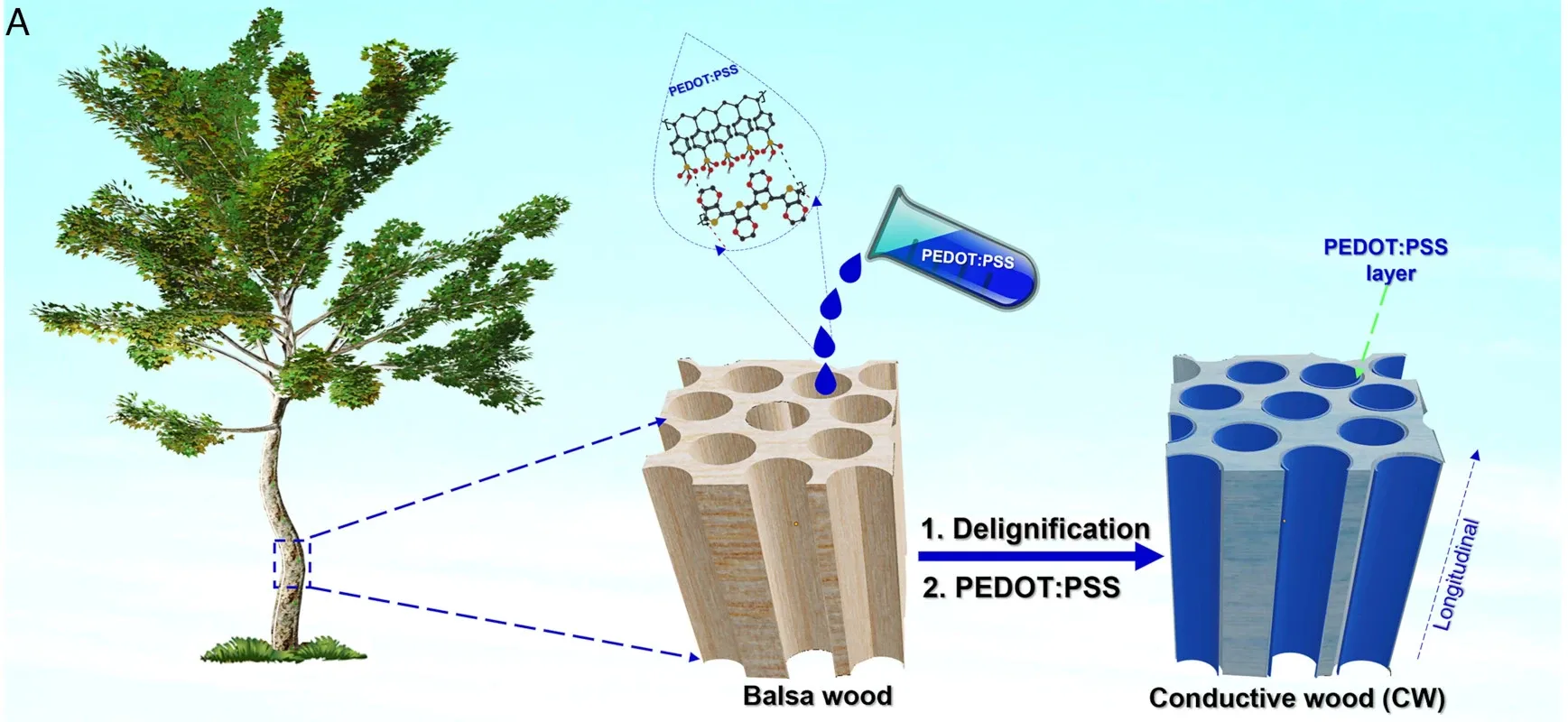In a remarkable breakthrough, a group of scientists from Sweden has successfully developed T-shaped gate transistors made entirely out of wood. By treating balsa wood with a water-soluble polymer, the researchers achieved functional transistors that offer interesting possibilities for future electronic applications. While these wooden transistors are not meant to replace silicon-based semiconductors in the Angstrom era, they demonstrate the potential of alternative materials in the realm of electronics.
The Quest for Alternative Materials
The relentless pursuit of transistor miniaturization, driven by Moore's law, has been the driving force behind the exponential growth of computing power for decades. However, as silicon technology approaches its physical limits, researchers have been actively exploring alternative materials that can provide stability in the era of sub-nanometer electronics. Prominent alternatives, such as graphene, carbon nanosheets, carbon nanotubes, and cubic boron arsenide, have garnered significant attention. Surprisingly, wood, a readily available and abundant material, has also captured the interest of scientists.
The Wooden Transistor Breakthrough
Researchers from Linköping University and the KTH Royal Institute of Technology in Sweden have successfully fabricated T-shaped gate transistors using balsa wood as the base material. To ensure good conductivity and achieve a functional on/off switch, the scientists extracted most of the lignin from the wood and treated the remaining porous cellulose balsa block with a water-soluble polymer called poly ethylenedioxythiophene polystyrene sulfonate (PEDOT:PSS). While this is not the first transistor made from wood, it is the first wooden transistor capable of functioning even when ions run out.
Limitations and Potential Applications
Although wooden transistors exhibit promising characteristics, they do have limitations. Unlike their silicon counterparts, wooden transistors cannot be scaled down to nanometer sizes, limiting their use in high-density integrated circuits. Additionally, their switching speeds are limited to kilohertz, far slower than the gigahertz speeds achieved by silicon transistors. Consequently, wooden transistors are unlikely to replace silicon-based technology in the upcoming Angstrom era.
However, the benefits of wooden transistors lie in their unique attributes. Their larger size, measuring a few millimeters, allows for simpler fabrication processes and potentially reduced production costs. Wooden transistors are well-suited for applications such as electrochromic displays, simple logic circuits encased in wood frames, and bioelectronic and plant-based electronics.
The Potential Impact
Wooden transistors could revolutionize the field of bioelectronics and plant-based electronics. Their compatibility with living systems opens up opportunities for integrating electronics into biological environments seamlessly. Applications such as implantable devices, bio-sensors, and bio-electronic interfaces could greatly benefit from the use of wooden transistors. Additionally, wooden transistors could be employed in eco-friendly electronic devices, reducing the environmental impact associated with traditional silicon-based technology.
Conclusion
The development of T-shaped gate transistors made from wood represents an exciting leap in electronic materials research. Although not a replacement for silicon-based semiconductors in the Angstrom era, wooden transistors offer unique advantages, including their compatibility with bioelectronics and their potential for environmentally friendly applications. As researchers continue to explore alternative materials, the field of electronics is on the cusp of a paradigm shift, and wooden transistors have secured their place as a fascinating avenue for future technological advancements.

